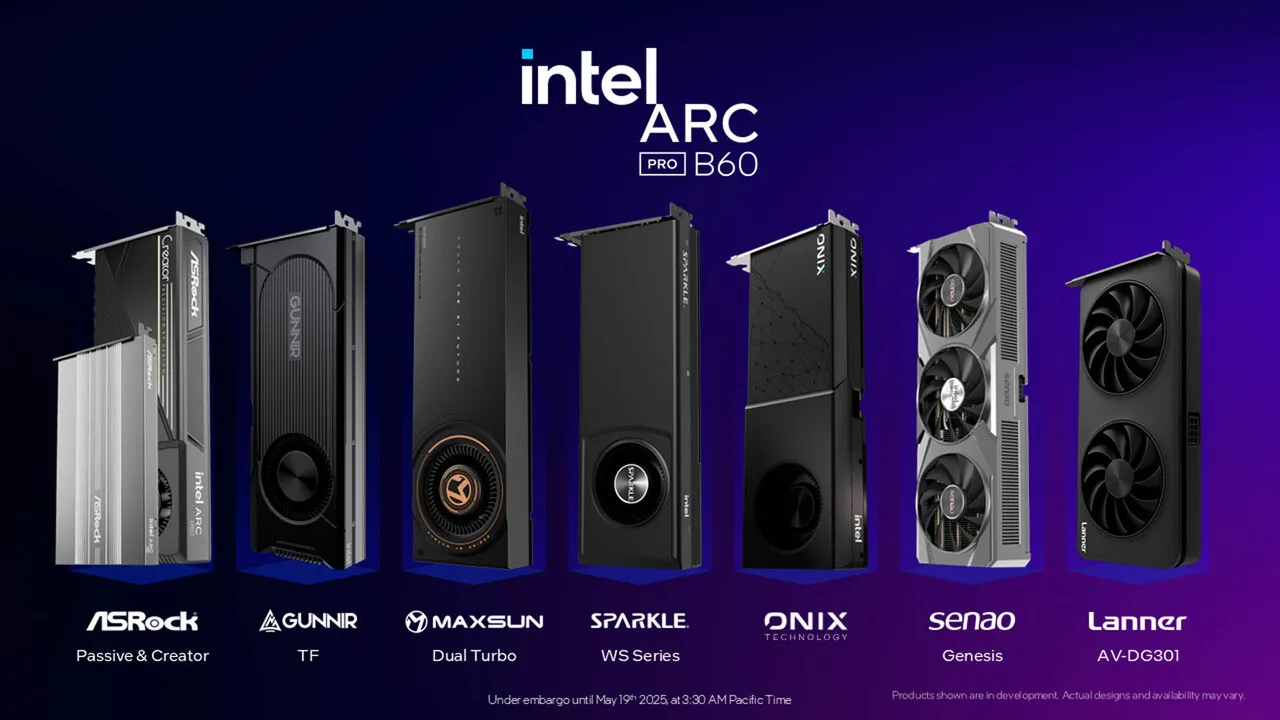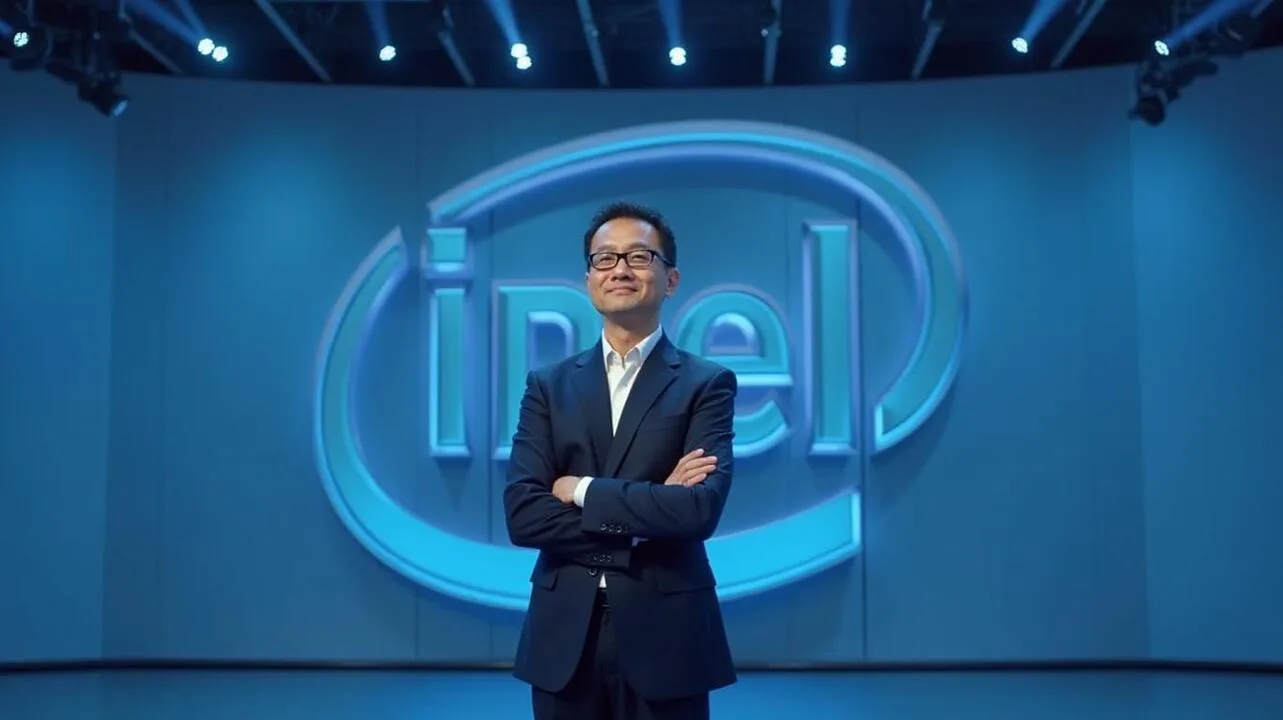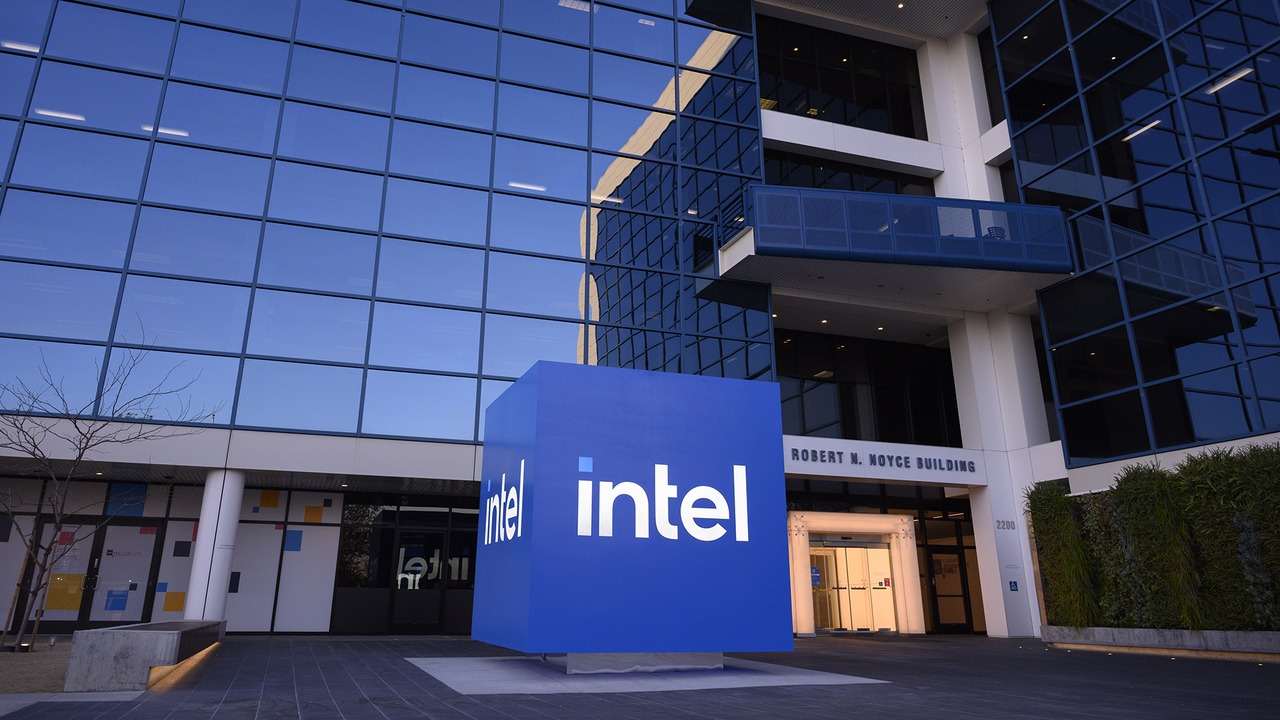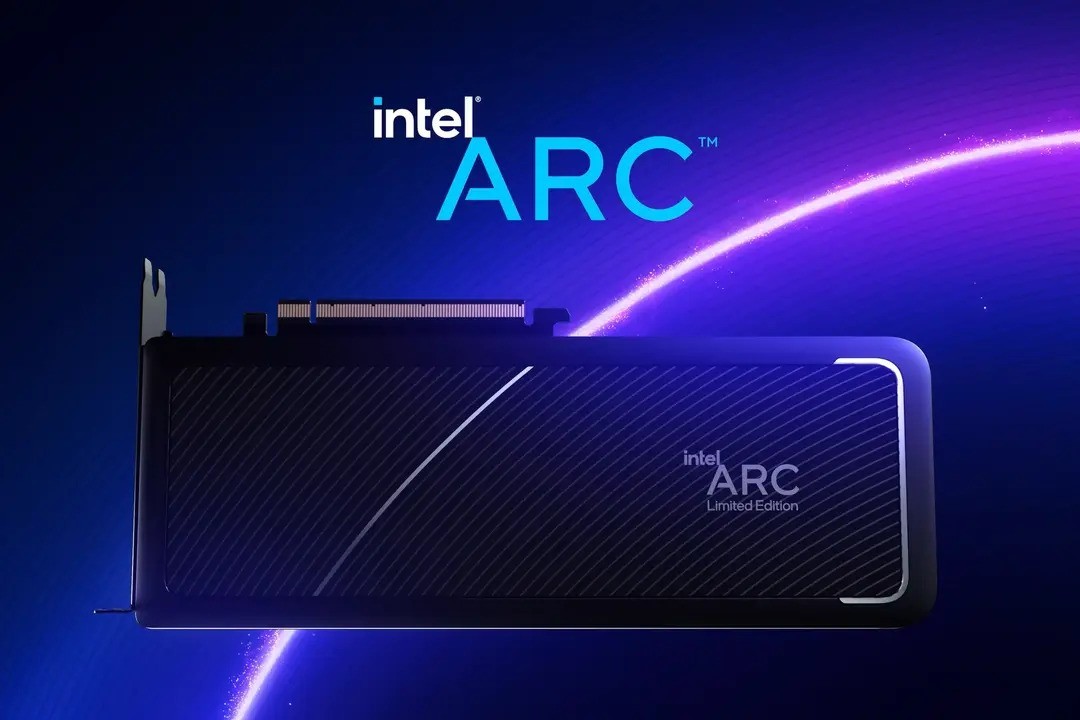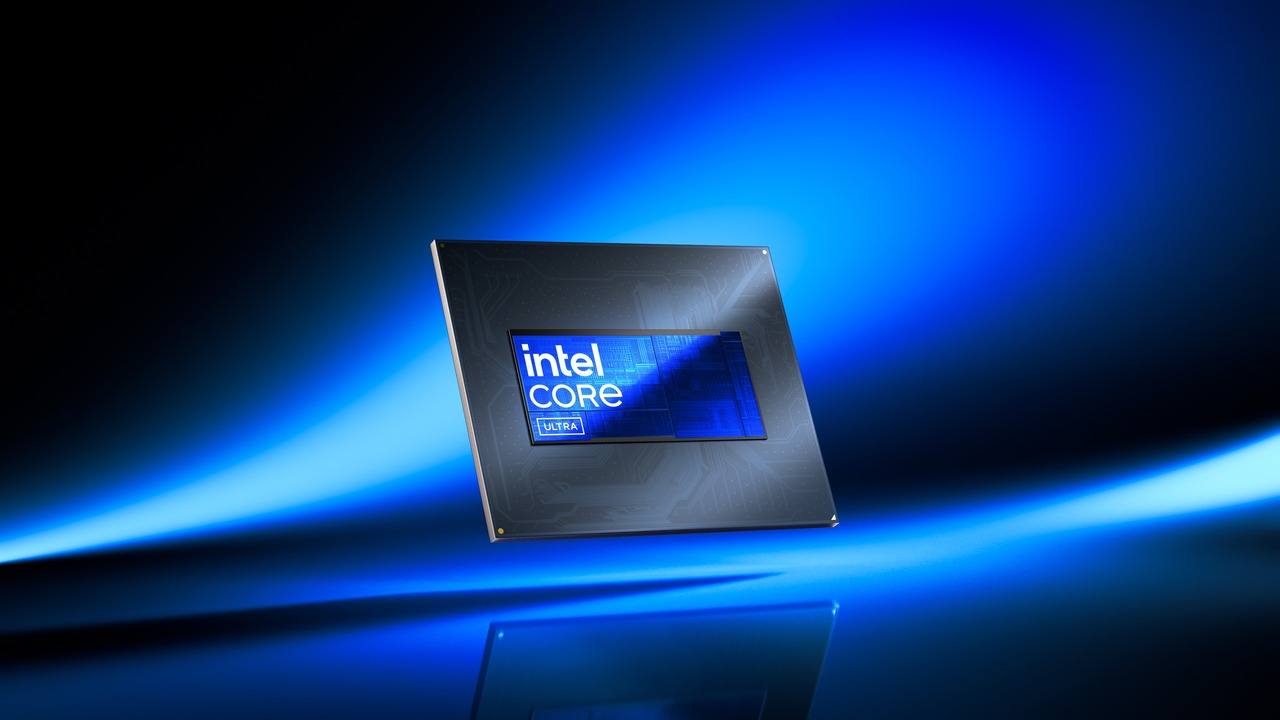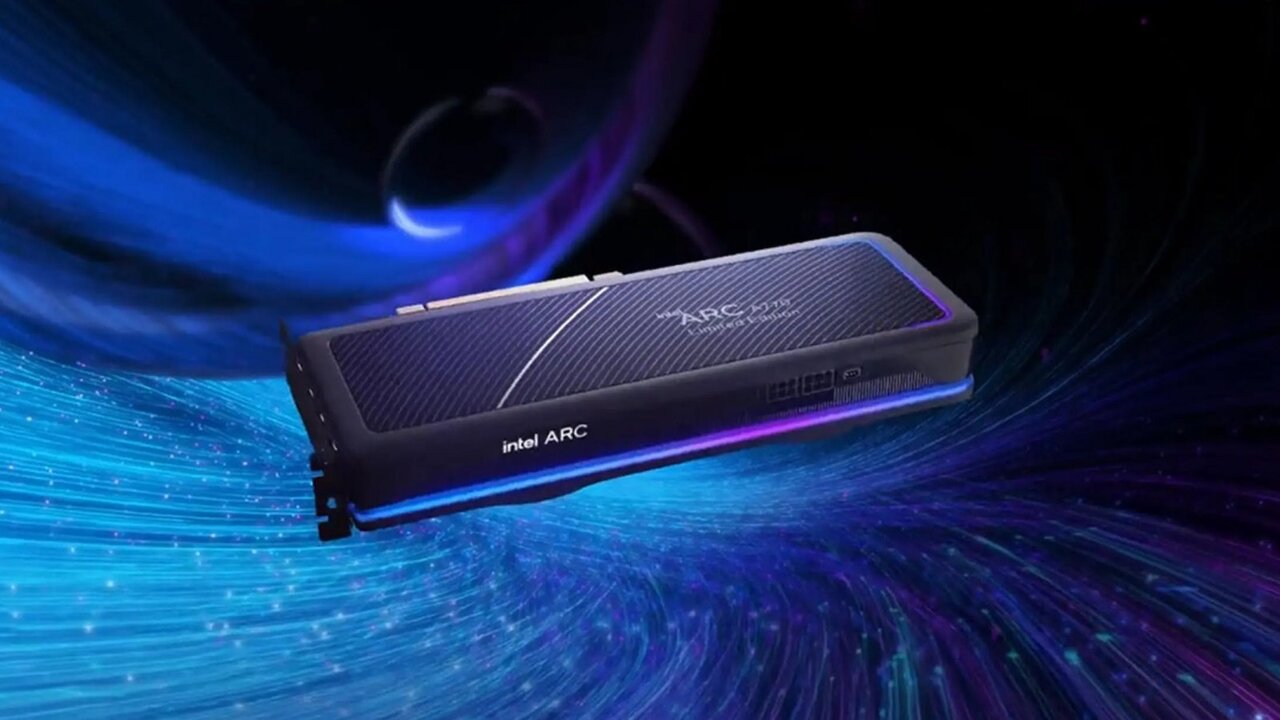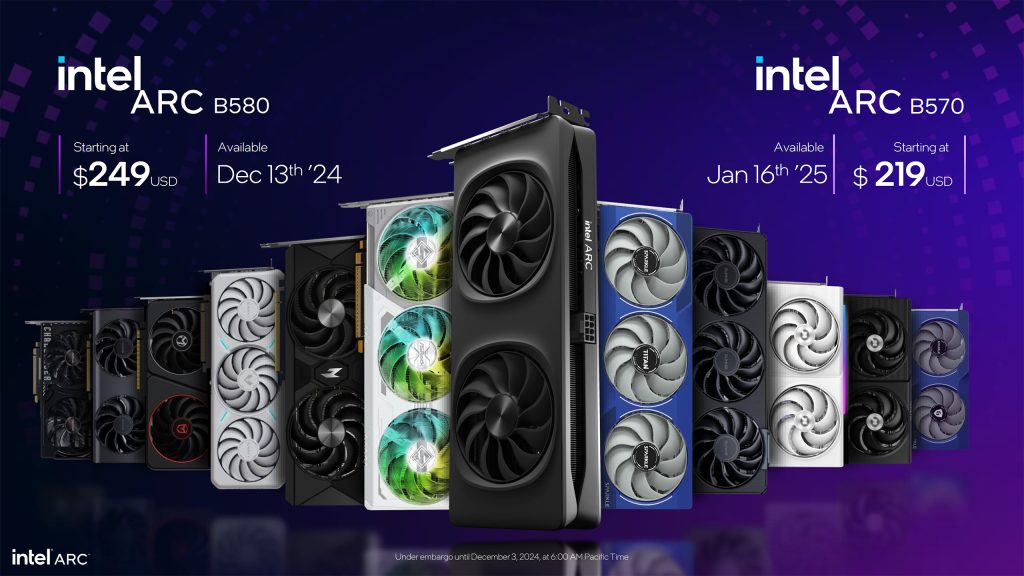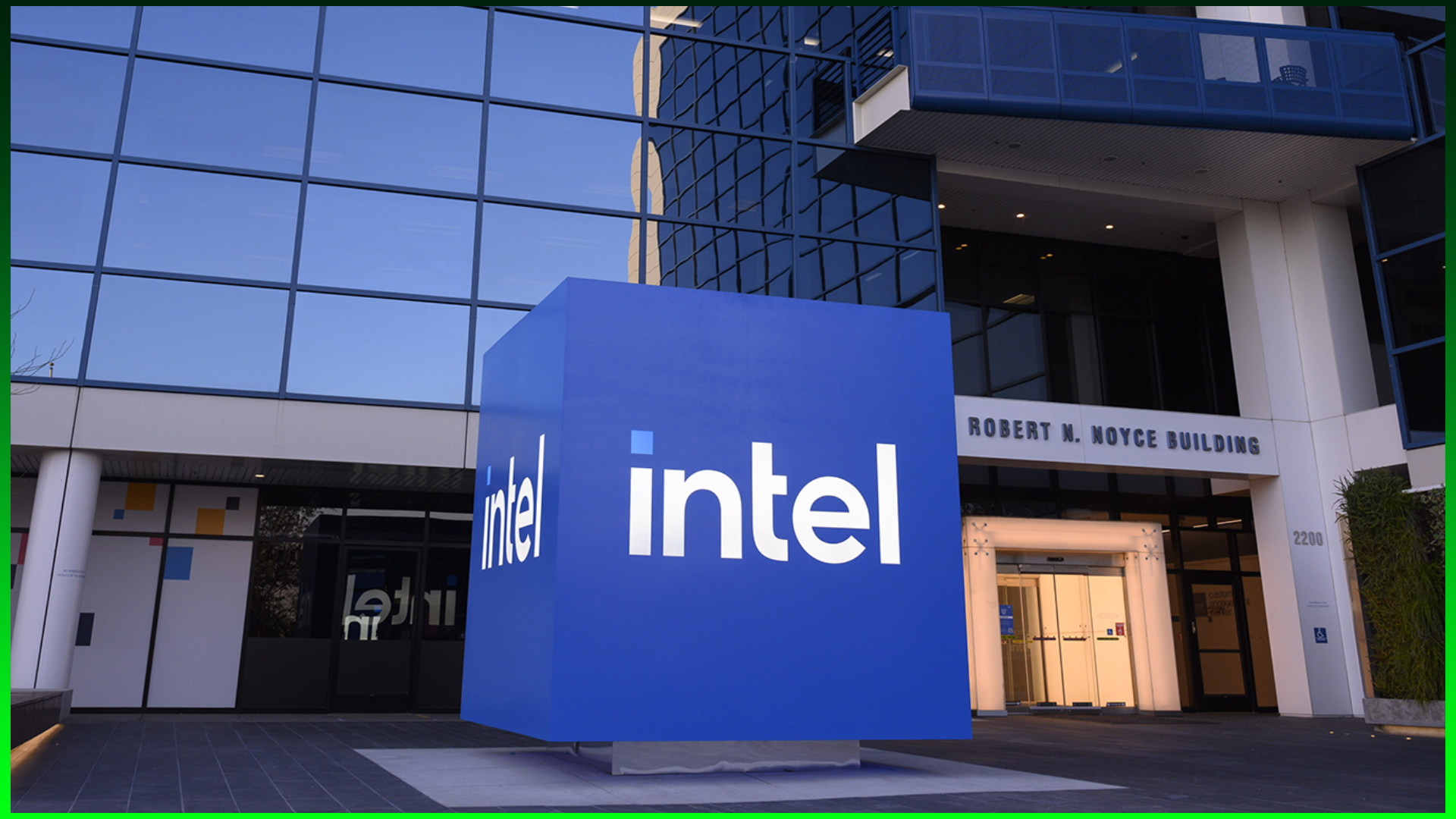
Intel Panther Lake Core Series 3 have more gaming in mind!
The PC gaming landscape is about to shift again. Intel has officially pulled back the curtain on its Panther Lake Core Series 3 architecture, and while the name might sound like another codename in a… Intel Panther Lake Core Series 3 have more gaming in mind!
